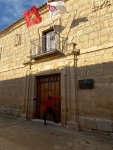
A museum education project inspired in Joaquín Sorolla’s panels “A Vision of Spain” for the Hispanic Society of America in New York City
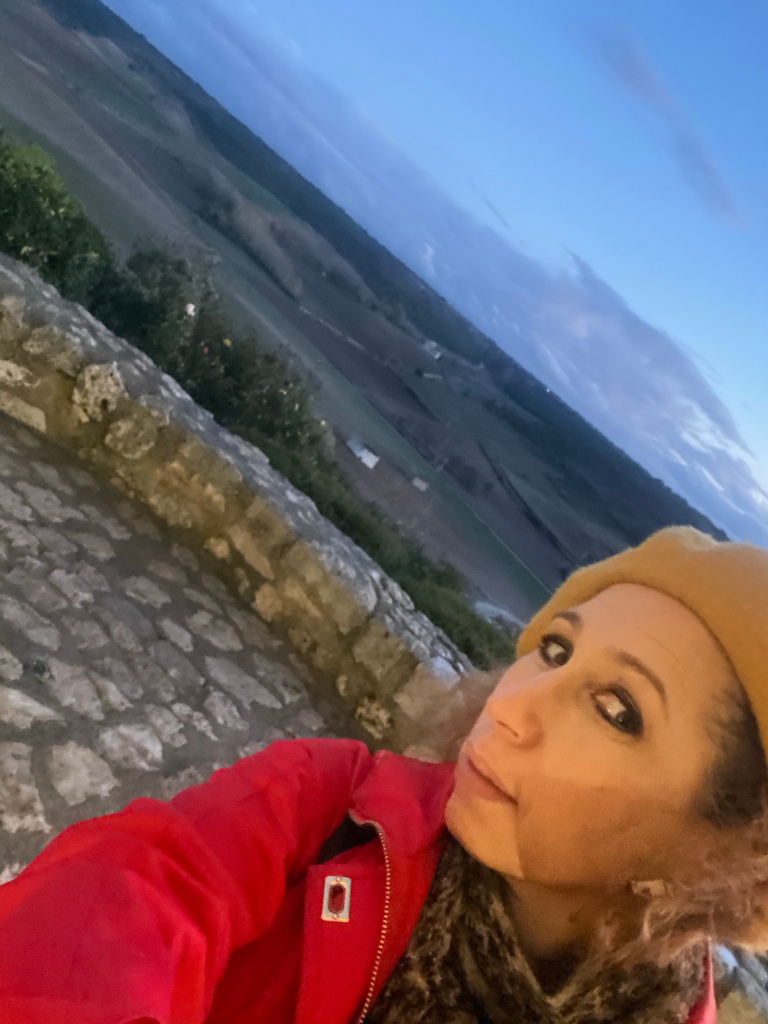
I was asked by the education department of the Hispanic Society of America to program a song and dance, arts education concert based on a series of panels the museum has on permanent display called “A vision of Spain“; painted by late 19th century Spanish painter Joaquín Sorolla (1863-1923), it’s an unequaled collection of panels that showcases the different regions and peoples of Spain; a commission by Archer Huntington, founder of the Hispanic Society, it stands as Sorolla’s most breathtaking (their sheer size are part of the marvel) and lasting masterpiece. In my opinion, “The Sorolla Room” is one of the most unique spaces in all of New York City.
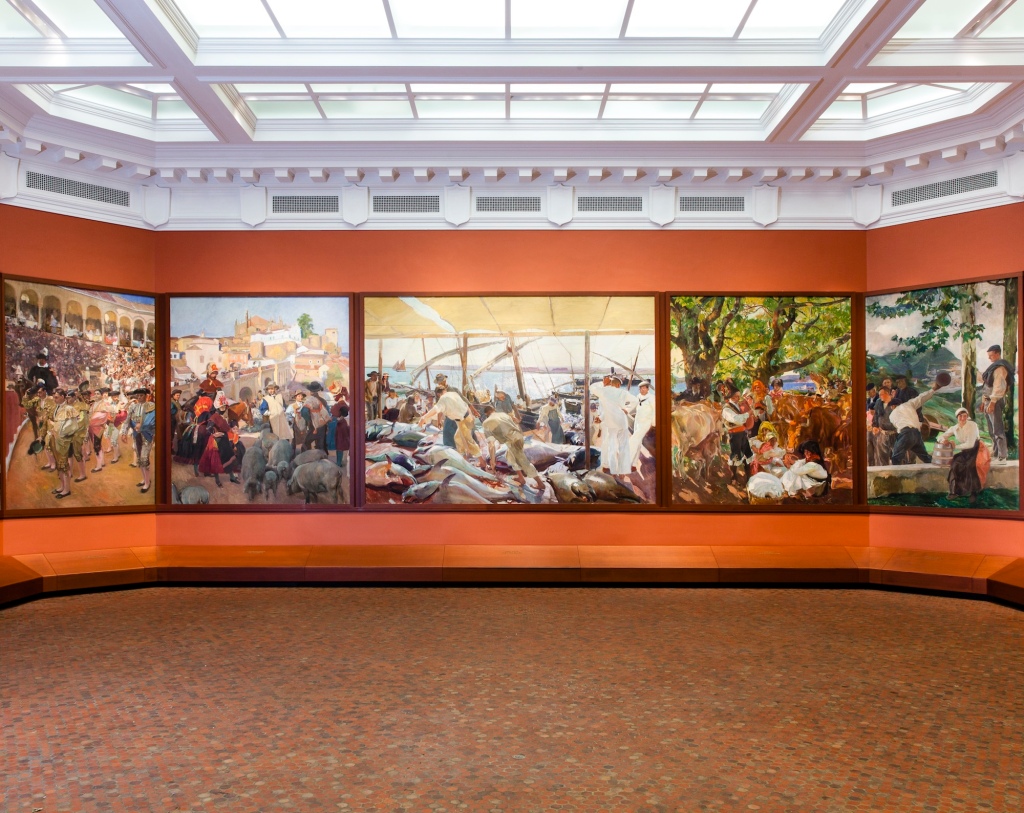
Hispanic Society of America in NYC
In my search for meaningful material for this project, during my last trip to Spain I took a side trip to a remote town in Old Castile, to the medieval town Urueña. With only 42 full time inhabitants, this place is not your average town: it has more bookstores than bars (its part of a group of towns from around the world known as “The village of books“), has at least one “farm to table” gourmet restaurant (super delicious!). But I came to Urueña not for tourism, but to visit and research at two separate foundations: Museo de la música, colección Luis Delgado; and to meet whom for many is the most well known “trobadour” as well as the foremost expert in folk music, dance, story telling and costumes from the Hispanic World: Mstro. Joaquin Díaz, and his formidable foundation and museum Fundación Joaquin Díaz.
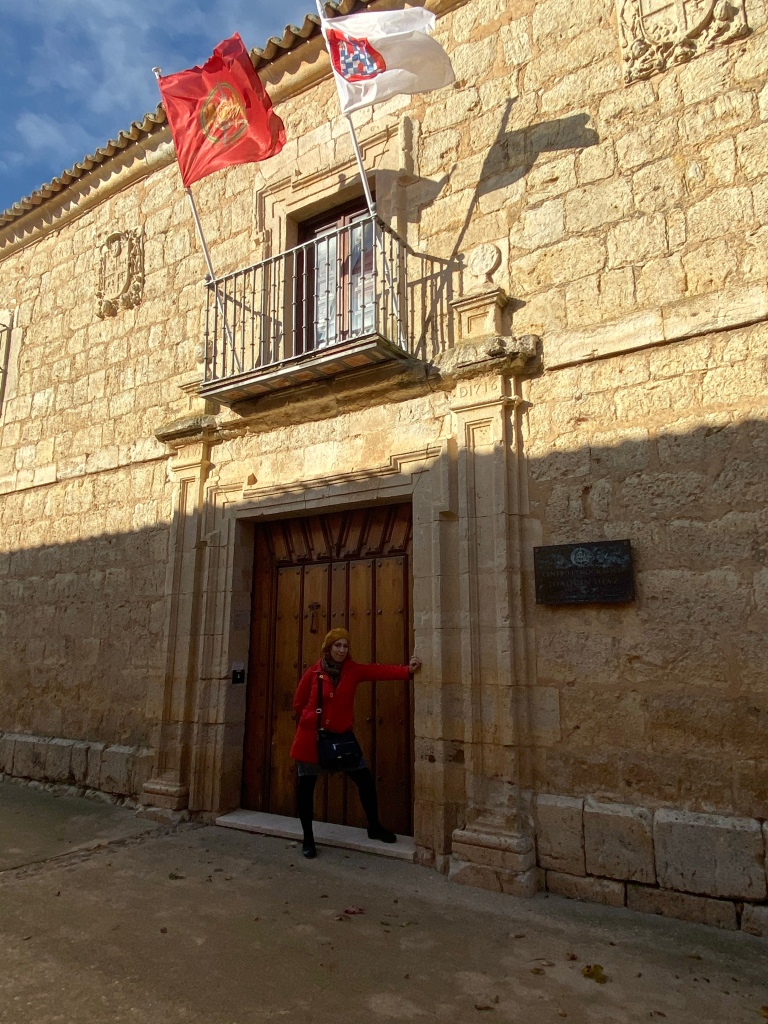
in Urueña (Spain)
The musician and composer Luis Delgado and his wife, the dancer and scholar Gema Rizo very kindly picked me up and took me to my bed and breakfast The next day I made my way to the foundation, which is housed in an imposing renaissance era palace. This foundation contains Mstro. Díaz enormous collection as well as his own museum of instruments, artifacts, objects and paintings relating to music. The first office I was ushered into to meet the librarian, had a large poster of Sorolla’s “La fiesta del pan” displayed. I knew I was in the right place…
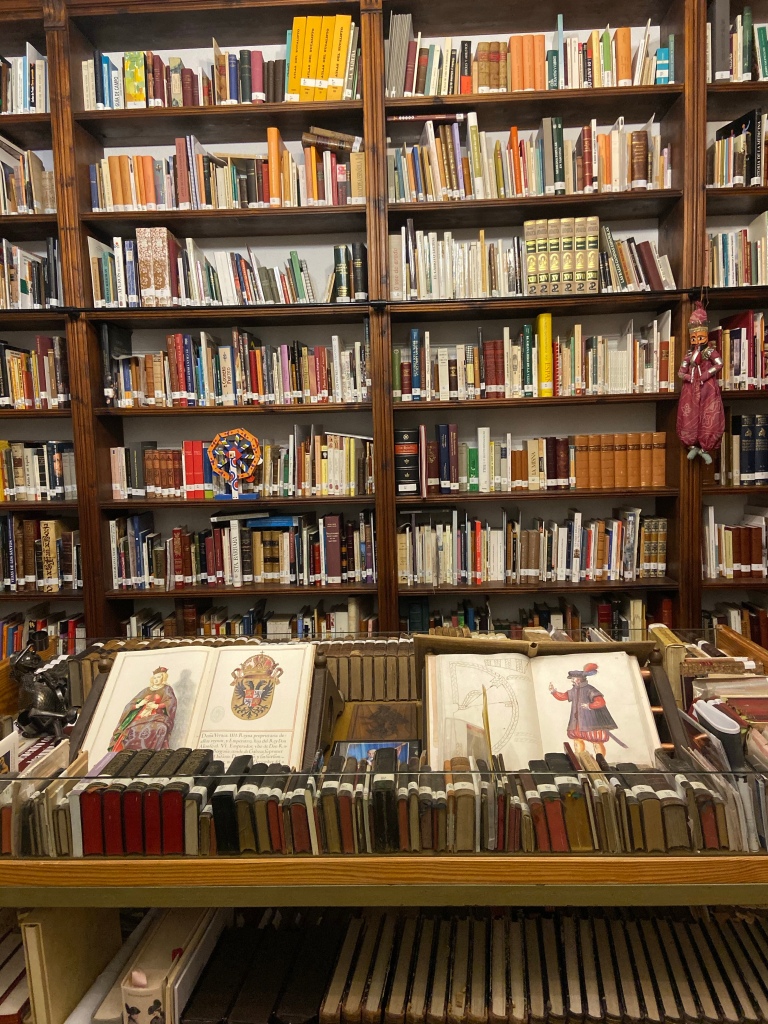
Fundación Joaquín Díaz in Urueña (Spain)
I looked at folkloric songs books as well as costume books of the regions of Spain that I didn’t have too much material on (I was looking for folk songs from Navarra, the Basque country, as well as songs from remote parts of Valencia). Mstro. Díaz very kindly welcomed me and gifted me CD’s from his amazing catalog of recordings. I was ensconced in another world, looking at lithographs of costumes from Andalucía, folkloric jewelry from Salamanca, as well as the religious rites and catholic saints related to “romerías”.
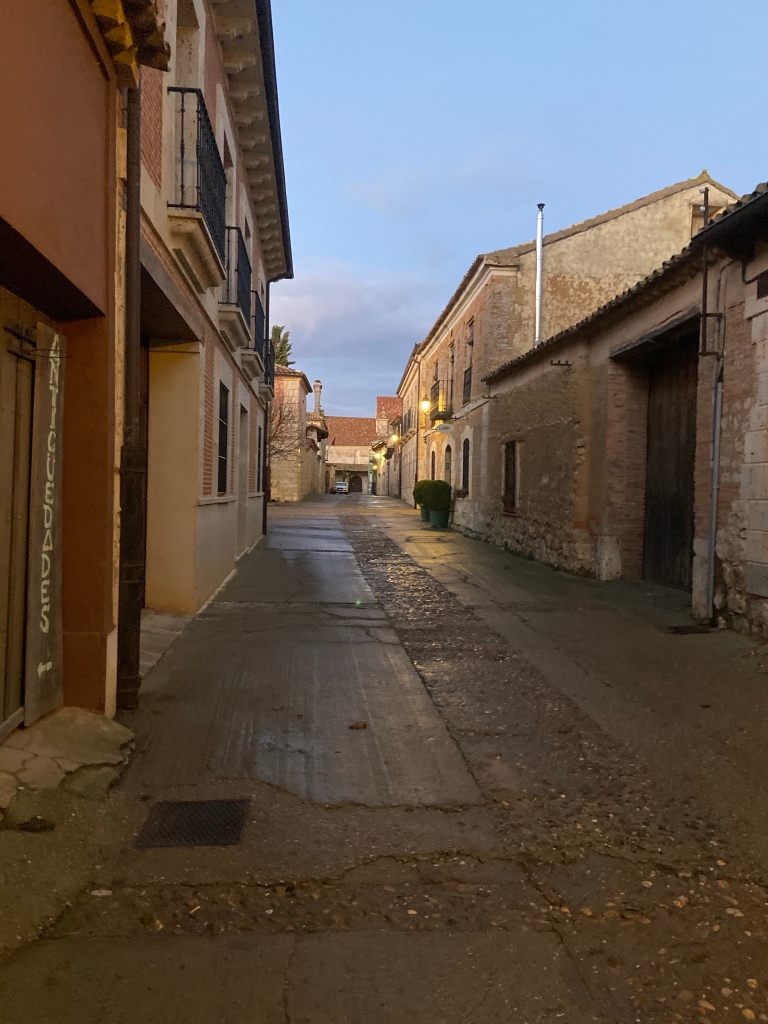
In between my research, I roamed around the deserted town, looked out into the endless sea of fields that are the plains of Castile. At night (bundled up, since they have pretty cold winters in those parts) I walked among the beautifully lit renaissance stone facades of the town.
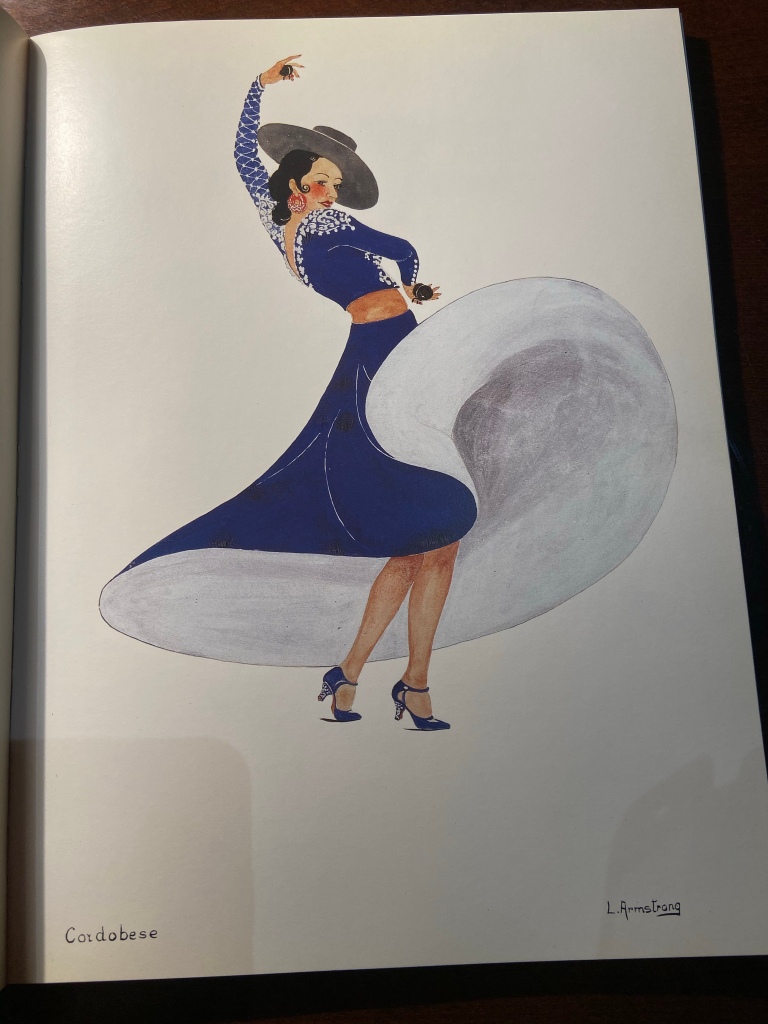
Fundación Joaquín Díaz
The next day, Luis Delgado welcomed me to his museum of musical instruments, which hailed from all over the world, lovingly curated and displayed (I got CD’s from him too! of his group “Los músicos de Urueña” all early music of Spain). I also had a chance to visit several of the specialty bookstores, among them: one dedicated to calligraphy, another to film, another to cook books.
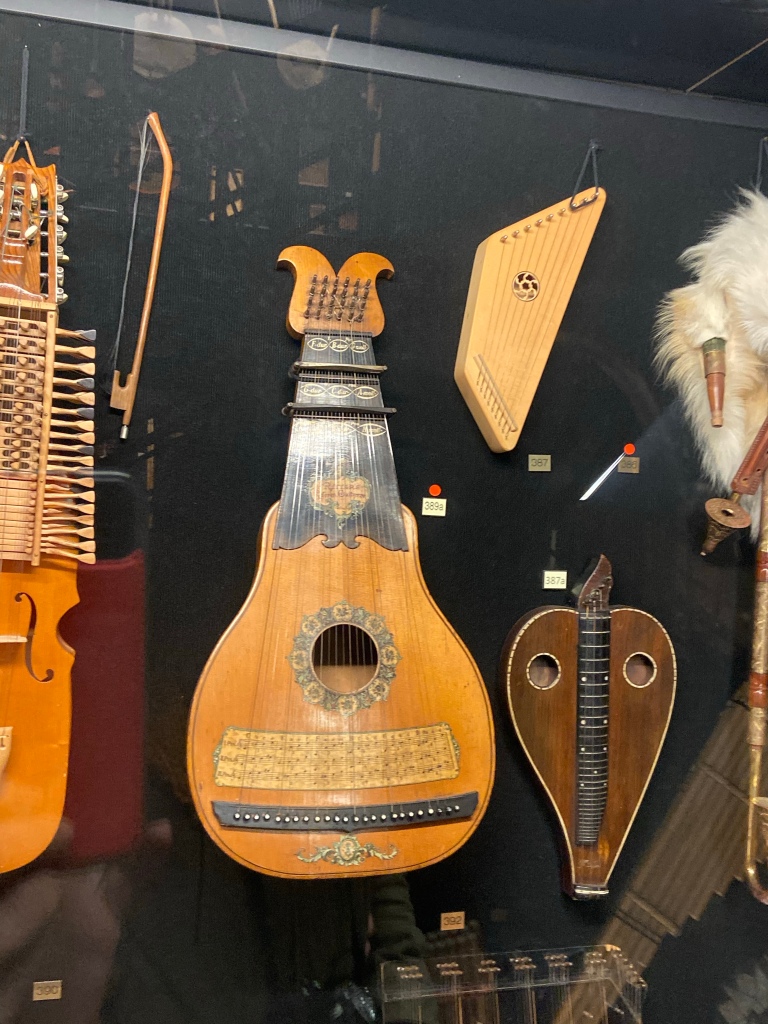
colección Luis Delgado in Urueña (Spain)
My search for “Songs for Sorolla” yielded information I was seeking about the origins of songs that I programmed; Mstro. Díaz’s CD of Hispanic songs from the American Southwest, led me to directly make the connection for the concert in NYC between the Cordobés hat and the American cowboy hat; Spanish dance artist Anna de la Paz subsequently wore a Cordobés “cowboy” costume to bring to life Sorolla’s “El Encierro” (the herding), using Federico García Lorca’s song “Anda Jaleo”. At the foundation I learned about Seville’s La virgen de la Macarena, as I had programmed a song by Joaquín Turina regarding the yearly Easter procession in Seville, portrayed by Sorolla in one of the “A Vision of Spain” panels.
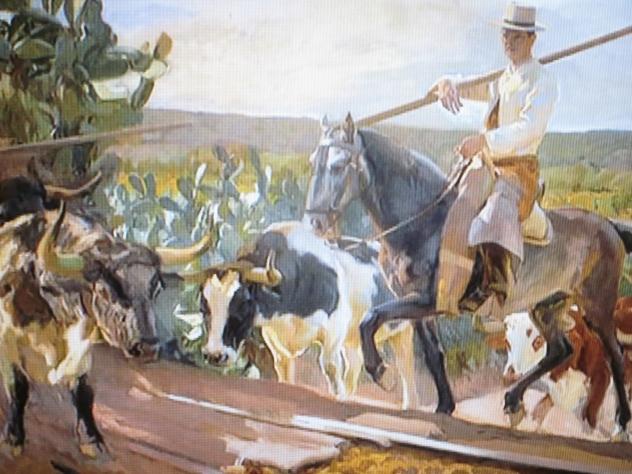
I found more information that I could use for the teaching concert, which I performed as part of Hispanic Culture Arts on December 17, 2019 for High School students of Upper Manhattan. Among the dances and songs that were heard on that day where a “Seguidillas Manchegas: by Fernando Sor and “Con amores la mi madre” by Obradors to portray the panel “La fiesta del pan”; “Jota” by Manuel de Falla to portray the panel “Aragón”; and “Danza V” by Enrique Granados to portray the panel “La fiesta”.
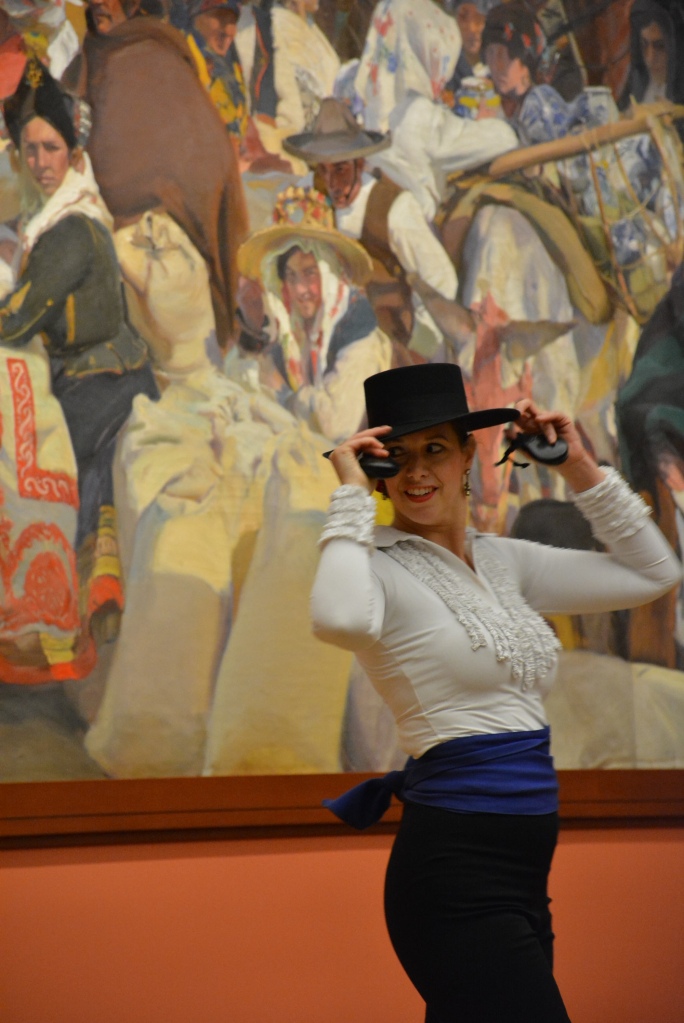
at the Hispanic Society of America,
photo credit Maureen Termecz
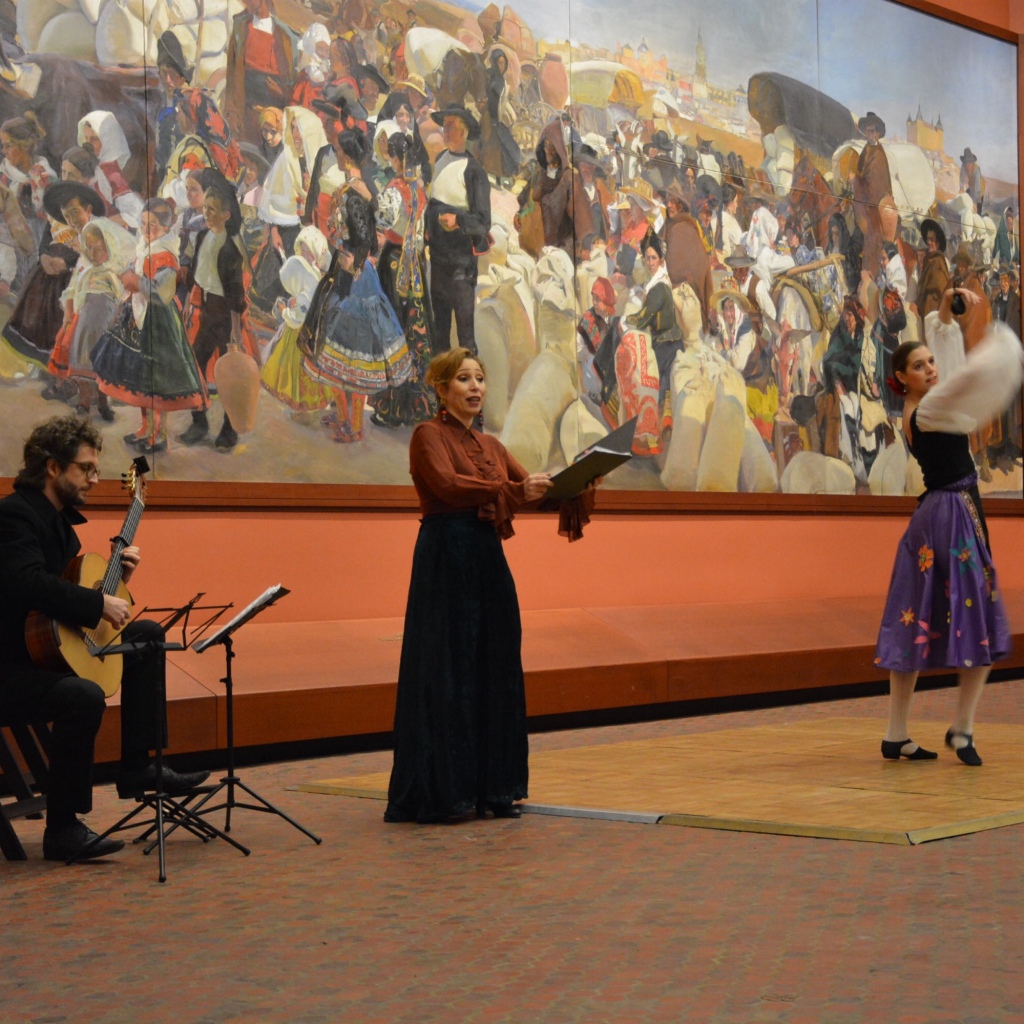
photo credit Maureen Termecz